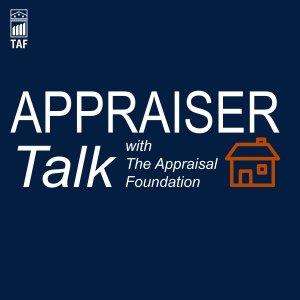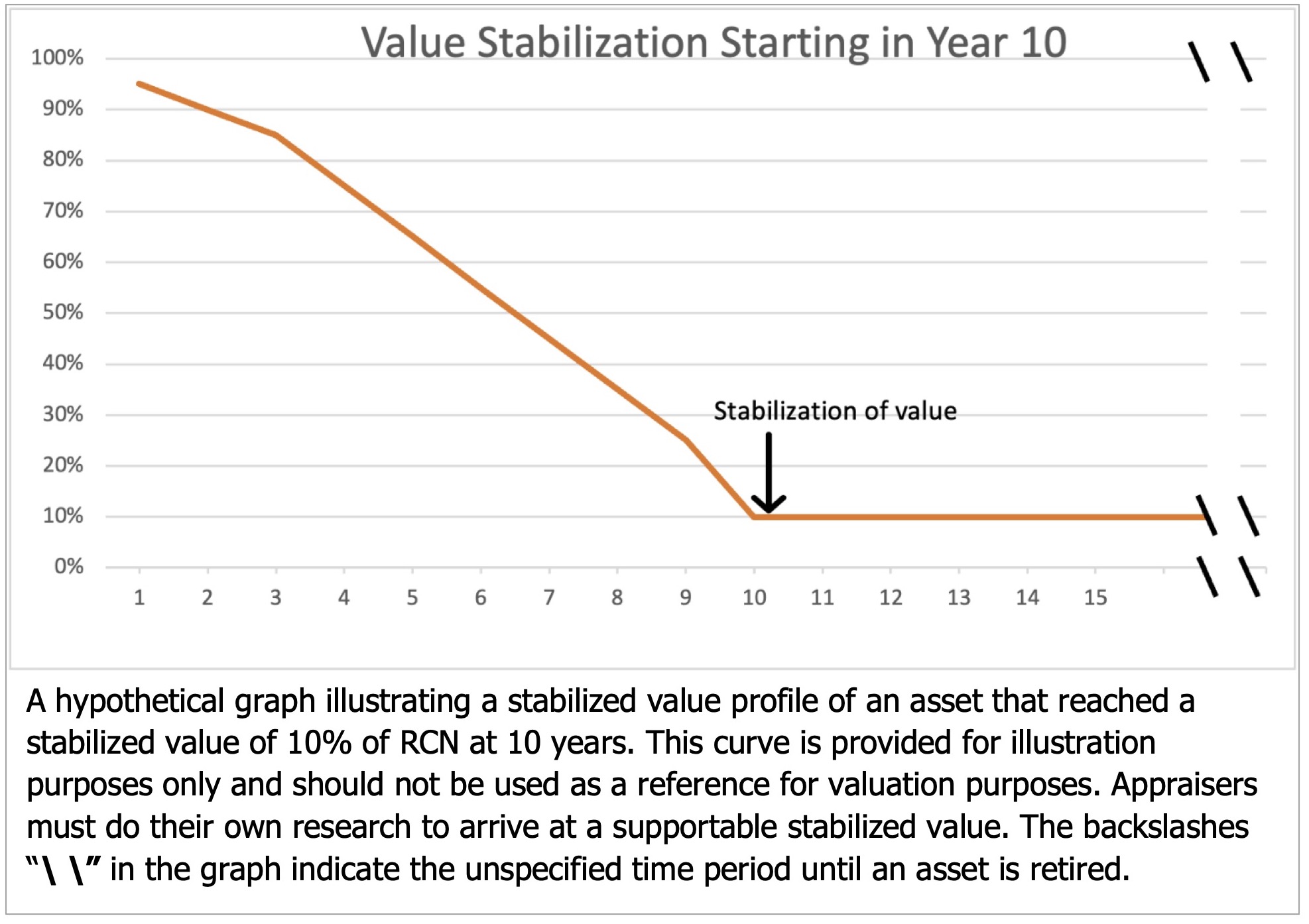
Over the next few blogs, I’ll share the entire definition list, but today I’d like to concentrate on 2 areas that caught my attention right away:
The first thing I noticed was the insertion of the term “opinion” in most of the definitions.This makes a lot of sense as valuation is not an absolute measurement of value but one arrived at through research and, in the words of former PCAOB Chief Auditor Thomas Rays, “the appropriate application of seasoned professional judgment.”
In other news, Fair Market Value in Continued Use (4) has been expanded to specifically define Continued Use with Assumed Earning and Continued Use with an Earning Analysis. The difference between them pivots on the ways we approach future earnings. Take a look at these proposed Fair Market Value in Continued Use definitions, along with the comments explaining the changes, and consider whether the Assumed Earnings or Earning Analysis might be more beneficial in different circumstances.
Please note that the comments following each proposed definition are not my comments, but are a part of the document distributed by the ASA.
In addition, remember as you read that, as my colleague Douglas R. Krieser, ASA FRICS, pointed out, “these definitions are not approved yet and there is a lot of discussion revolving around them.” Indeed, many esteemed appraisers are not entirely comfortable with the changes proposed.
Fair Market Value in Continued Use with Assumed Earnings
Fair market value in continued use with assumed earnings is an opinion, expressed in terms of money, at which the property would change hands between a willing buyer and a willing seller, neither being under any compulsion to buy or to sell and both having reasonable knowledge of relevant facts, as of a specific date and assuming that the business earnings support the value reported, without verification.
Comment: This amount includes the depreciated value of all normal direct and indirect costs, such as installation and other necessary costs to make the property fully operational. This premise of value assumes the appraised assets are operating within a business whose earnings support the concluded value of the appraised assets and the value of any other assets of the business. The user of an appraisal developed under this premise must be made aware that if the earnings of the business do not support the concluded value, the concluded value may need to be adjusted.
Fair Market Value in Continued Use with an Earnings Analysis
Fair market value in continued use with an earnings analysis is an opinion, expressed in terms of money, at which the property would change hands between a willing buyer and a willing seller, neither being under any compulsion to buy or to sell and both having reasonable knowledge of relevant facts, as of a specific date and supported by the earnings of the business.
Comment: This amount includes the depreciated value of all normal direct and indirect costs, such as installation and other necessary costs to make the property fully operational. This premise of value necessitates an analysis of the earnings of the business within which the appraised assets are operating to show that such earnings support the concluded value of the appraised assets and the value of any other assets of the business.
“Fair market value in continued use with an earnings analysis,” as defined above, is sometimes considered to be synonymous with “fair value.” The Financial Accounting Standards Board provides the following definition of “fair value” within Accounting Standards Codification Topic 820 (formerly Statement of Financial Accounting Standards No. 157). “Fair value is an opinion of the price that would be received to sell an asset or paid to transfer a liability in an orderly transaction between market participants at the measurement date.”



